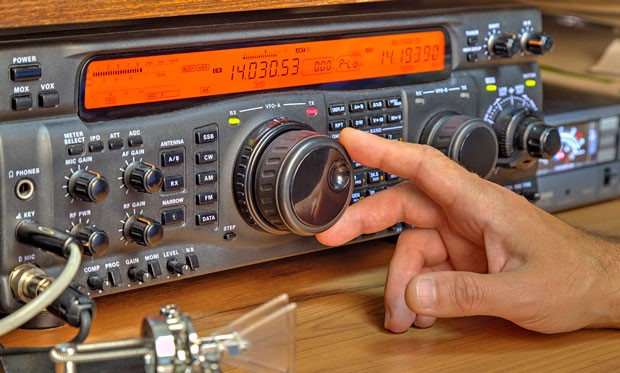Many people across the USA – and indeed the world – are ham radio enthusiasts. Also known as amateur radio, these people have receivers and transmitters that access radio frequencies for communication rather than regular broadcast radio as we know it. A rewarding hobby, it can be used for simply listening to other ham radio users or for making your own broadcasts that others may be interested in.
How do you go about become one of the worldwide bands of amateur radio enthusiasts? You need the relevant equipment – which we will come to in a moment – as well as a license, and that’s the main body of this article. How do you get a ham radio license? Let’s make this our first port of call.
Where to Start – Types of License
The various ham radio license requirements are in place to keep the airwaves controlled and also free for use, so let’s talk about who licenses ham radios and how to get one.
First, the Federal Communications Commission (FCC) has been in charge of issuing radio licenses of all kinds for more than 100 and, as a branch of the US Government, now has all areas of broadcasting under their umbrella. It is they who will issue you your license once you have met the criteria.
There are various types of amateur radio licenses, each of which we will briefly cover. Before that, we need to explain that to gain a permit; you need to pass a theory exam – just as you would for a driver’s license – and operating ham radio is legal only for those who have successfully done so and been granted permission.
Technicians Class License
The Technicians License is the essential requirement that enables you to operate a ham radio. There is a test of 35 questions covering various aspects of radio, including the regulations and operation of ham radio. There is no requirement to learn the Morse Code for this level of license. However, it is strongly recommended that you do as it forms an integral part of the ham radio community. This level of license allows the holder to broadcast on all amateur frequencies as well as some shortwave or HF frequencies.
General Class License
The General License is the next step up and requires the holder to have passed the Technicians exam and an additional 35 question exam which goes into more detail about the operation and regulations of amateur radio. This license grants all the come with above, plus around 80% access to the shortwave spectrum.
Amateur Extra License
The most comprehensive amateur license in the USA, holders must have passed the above two exams plus a further 50 question multiple-choice exam in order to qualify for all the privileges available to ham radio operators. Now let’s have a brief look at the equipment you need and some other information.
Equipment You Need
The essential equipment for receiving and transmitting amateur radio is a transceiver; this is a device that can both receive and transmit on the amateur radio frequencies. Further to this, there are many items of equipment that can boost the signal and expand the broadcast range, and many ham users build a complete radio station that can come to a lot of money. A good transceiver is not expensive and will certainly suffice for beginners aiming for the Technician license level.
One thing that is important is that you will be issued with a ‘call sign,’ which is your identifier. This must be used when contacting another ham user and is issued when you are granted your initial license. There are many other aspects of ham radio that you should investigate before deciding to go ahead, but it can be a rewarding and exciting hobby.
Be Aware of the Law
Our final word is to remind you about the law behind using amateur radio. Some receivers can access police and other emergency service frequencies. It is not illegal to listen to these, but it is to interfere, so be sure to keep within the law and always respect other users. We hope we’ve helped you understand what amateur radio is all about, so read up more and enjoy amateur radio.
